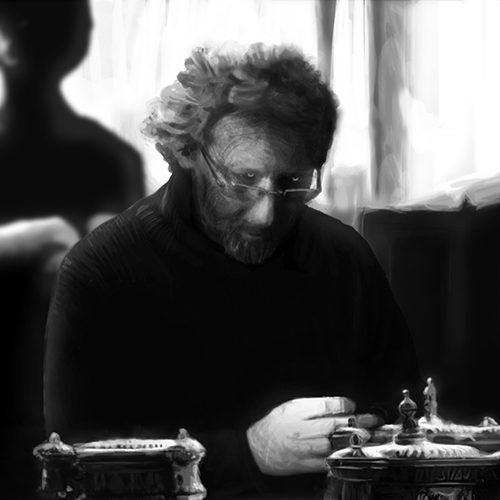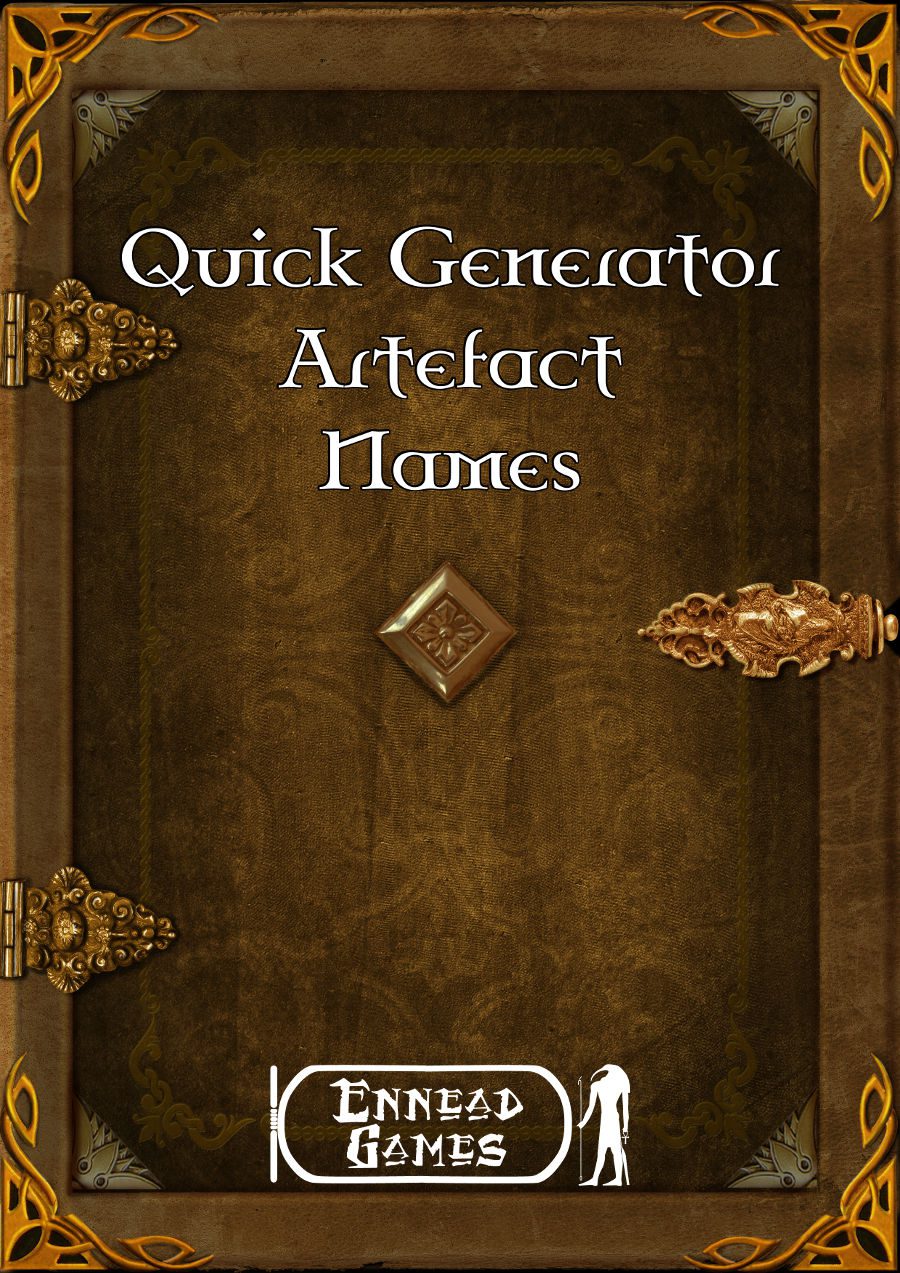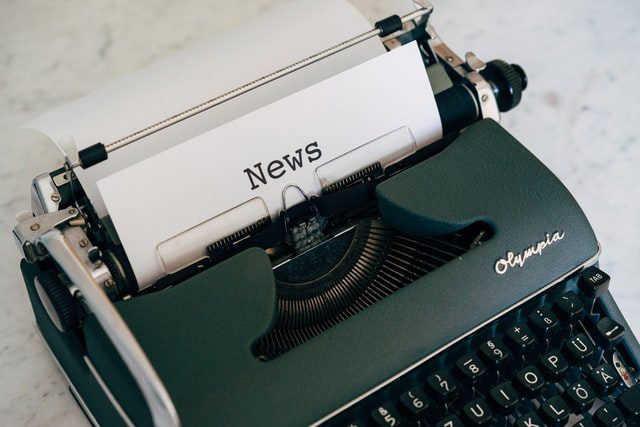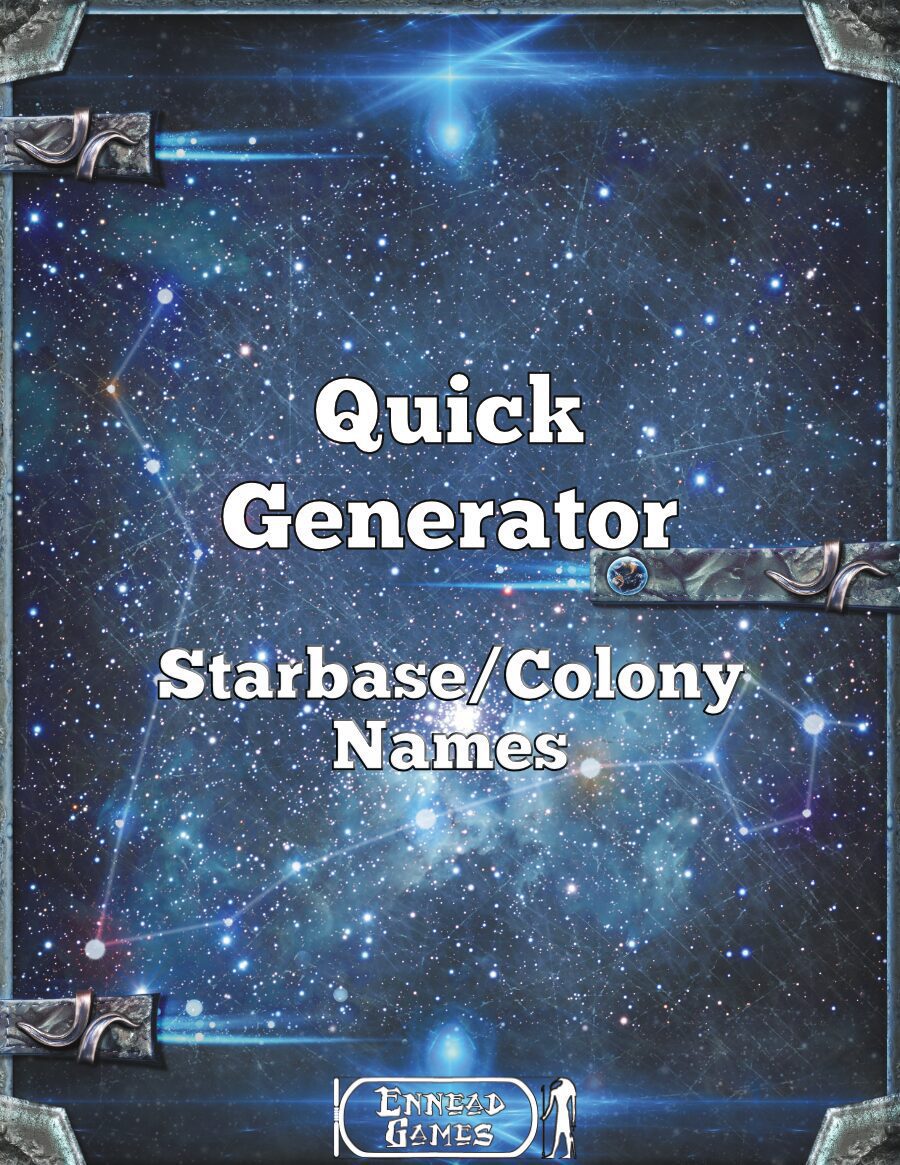
Phil Nicholls blogs at Tales of a GM, where he writes about narrative gaming, faster prep and more story. He is currently running a HeroQuest Glorantha campaign in a home-brew setting. Phil has written for Johnn Four’s Roleplaying Tips newsletter and has a selection of self-published pdfs.
This essay is taken from the archives at Tales of a GM.
The Game Master’s Binder
The Game Master’s Binder was originally posted as a contribution to the roving Blog Carnival. The host for the month was Scot Newbury at his blog Of Dice and Dragons. The chosen topic was the GM’s Binder.
The Paper Years
My early experiences with being a GM involved paper. Lots, and lots of paper. There was the Game Folder, a small ring-binder with the current scenario, multiple maps, notes on the Players and anything else I wanted to use frequently. This included copies of some of the important rules and tables from the rules.
Then there was the Reference Folder, another small ring-binder with magazine articles, photocopies from history books and house rules. These were all divided up neatly, and labelled. At the back were many pages of ideas and notes for the campaign world. Always too many ideas to use.
Finally, there was the Campaign Folder, a large lever-arch folder. Over time, this grew to two large folders. Doubtless, if the campaign had continued, then this would have grown to three, or more such folders. At that point I simply could not carry all the rules, folders, maps and minis I needed for the game.
Clearly I needed a new approach to campaign management, and a new set of rules which did not require maps and minis.
Into the Digital Age
When I returned to being a GM with my current campaign, I started with my standard approach. The paper began to accumulate. The sheer weight of material was going to overwhelm me. It was just too heavy.
Then I was given a laptop, and a new set of options opened up. There are so many possibilities with a laptop, but what struck me was how the laptop weighed the same however many files and pdfs it carried. This fixed the weight of my game bag, however long the campaign was going to last.
Here was the solution to the weight issue. Simply load up the rules books as pdfs, find pdfs of any scenarios required, and away we go. Was the laptop the perfect replacement for all my GM papers?
Laptop Problems
Actually, no. No it was not. As with so much technology, it created as many problems as it solved. The laptop proved ideal as a portable filing cabinet, to store all the books and pdfs I wanted to carry with me. Despite the bulk of a laptop, it was actually smaller and lighter than carrying around physical books.
Yet, using the laptop as the equivalent of my GM Folder was not ideal. The laptop required power, which meant trailing cables and playing near a socket. While I have grown quicker at typing than writing by hand, it was not as easy to annotate my notes on the laptop, compared to using printed notes.
My greatest issue with using the laptop when I GM, was the shift in focus. During play, I spent far too much time staring at the screen. As a GM, I want my focus to be on the Players, and on the story we craft together.
Staring at a screen, frantically shifting between tabs and different programs, felt all wrong. I did not want to be playing a game of collaborative IT. I needed a third option, to bring together the best of both methods.
Mix and Match
What I needed was to mix and match, which is where I am today. I have upgraded to a smaller, lighter netbook. This serves as my filing cabinet, and where I write up design notes and records of the game. Some weeks I still need to refer to some of these files during the game, but this is not a frequent occurrence.
For the rest of the time, I use paper notes. Instead of a GM Folder, I now have a GM Clipboard with the Session Outline clipped to the front. This Outline is my central text for the progress of the game, and where I note down a summary of events as they happen.
The Clipboard also has a pocket, where I keep the current batch of encounter notes and printouts, to pull out as needed. As these are physical copies, I can quickly annotate them as required, ensuring the game flows as fast as possible.
After each Session, the notes about the game are turned into short prose on the laptop. The used Session Outline, along with any completed encounters, are scanned into the laptop to keep the digital files updated. A fresh Outline is then prepared through the week, and any new encounter notes are printed out to be kept in the GM Clipboard.
Conclusion
We all have our own working methods, but this is what works for me. I combine the vast resources and easy portability of the laptop, with the immediacy and Player-focus of working from paper notes.
How do you deal with your GM Folder? How do you juggle your attention between notes and Players? Share your ideas in the comments below.
Happy Gaming
Phil
For more essays from Phil, and updates about his latest campaign, visit Tales of a GM.




2 thoughts on “[Tales of a GM] – The Game Master’s Binder”
Comments are closed.